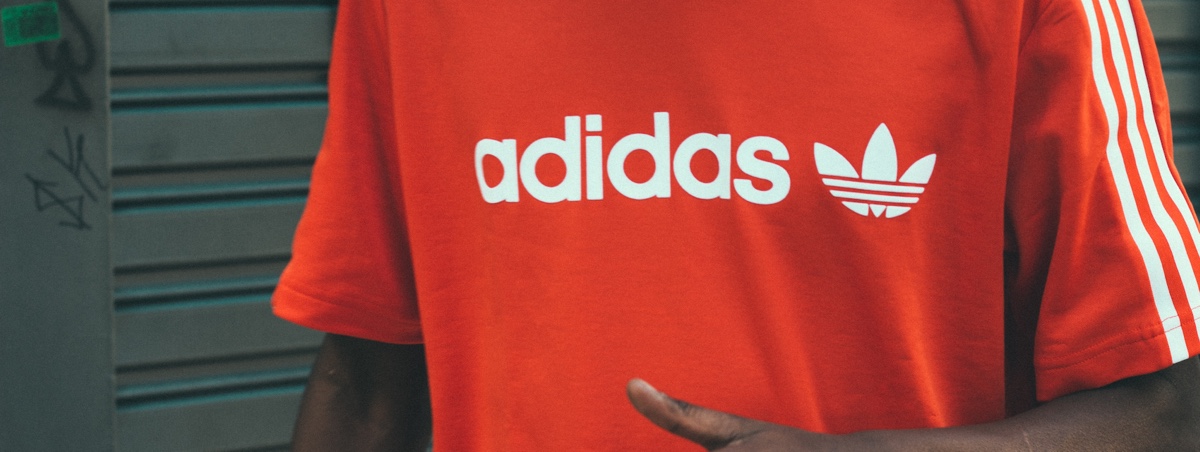Some of the best articles from the world of retail and its supporting industries.
Monthly Retail Round-Up - August 2019
With lots of interesting industry highlights in the world of retail this August, Dressipi has put together our top stories, to keep you up to date.
1) Adidas’ 70th Birthday
Adidas turned 70 this August and has taken a look back on their very successful years to becoming one of the largest sports companies in the world.
Reported by Adidas Group, it first began when Adolf (“Adi”) Dassler started “experimenting with sports shoes in his mother’s laundry room at the beginning of the 1920s, before then founding the company “Gebrüder Dassler Schuhfabrik” together with his brother in 1924. In 1932 and 1933, he perfected his skills at the renowned technical shoemaking college in Pirmasens.” The company then split, with his brother founding Puma, another world-class sporting company today.
Seven decades since German cobbler Adi Dassler opened his first shoe factory, after gaining worldwide fame in the 1954 football world-cup and now with a turnover of almost €22 billion, Adidas still “aims to help athletes perform better with the aid of new and innovative products.” Retailers that focus on customer experience and not just revenue targets, will achieve better results in the future.
2) Uniting the Biggest Names in Fashion
Reported in Fashion United, François-Henri Pinault, Chairman and CEO, Kering, “unveiled the Fashion Pact, a coalition of 32 fashion houses to protect the world’s climate, biodiversity and oceans”.
It spans across the whole industry, including high street retailers H&M and Inditex to luxury retailers, Matchesfashion.com and Ralph Lauren, with an aim to represent at least 20% of the global fashion industry as measured by volume of products (Kering).
The non-binding agreement sets out goals and initiatives including (Fashion United):
- Switching to 100% renewable energy across own operations with the ambition to incentivise implementation of renewables in all high impact manufacturing processes along the entire supply chain by 2030
- Restoring natural ecosystems and protecting wildlife by switching to regenerative and wildlife-friendly approaches to agriculture, mining and forestry
- Committing to phase out single-use plastics for B2B and B2C packaging by 2030 and thus reducing the fashion industry’s negative impact on the world’s oceans
- Promoting sustainability and circularity by using recycled textiles
- Tackling social inclusion and fair wages and working conditions throughout the supply chain by focusing on “empowering small-hold producers and women in low-income countries”
Along with many other leaders in the fashion industry, Marco Gobbetti, CEO, Burberry supports the Pact and said in a statement (reported in Fashion United), “We know that one company cannot solve the environmental challenges facing our planet alone and we believe in the power of collaboration to drive real change. The objectives of the Fashion Pact strongly align with our own work in this area over the past decade, and we are looking forward to working with the other signatories to help transform our industry, support our communities and protect the environment”.
Read the Fashion Pact framework here.
3) ASOS Grows its Social Media Presence
In September 2018, Instagram updated its offering by expanding its shopping function into Stories. Their latest update “allows all users to create videos and photos with AR effects”. Reported in Essential Retail, “ASOS among first retailers to introduce new Instagram filters.”
Reported in Essential Retail, “Asos’ first AR Instagram filter was an image of Asos packaging, which it layered over a woman’s eyes to make it appear she had Asos on her mind. This is the sort of creativity now available to retailers and other businesses looking to engage shoppers via social media.”
With over 500 million users daily of Instagram Stories, the channel is a huge marketing opportunity for many retailers. Spark AR platform has now enabled anyone to make an AR effect and “retailers will inevitably also be on the look out for customers creating their own AR effects related to products and brand, with this new medium potentially creating further opportunities for user-generated content marketing” (Essential Retail).
We hope you enjoyed the round-up. Please feel free to get in touch with any stories you feel would be of interest.
Banner Photo by Camilla Carvalho on Unsplash

